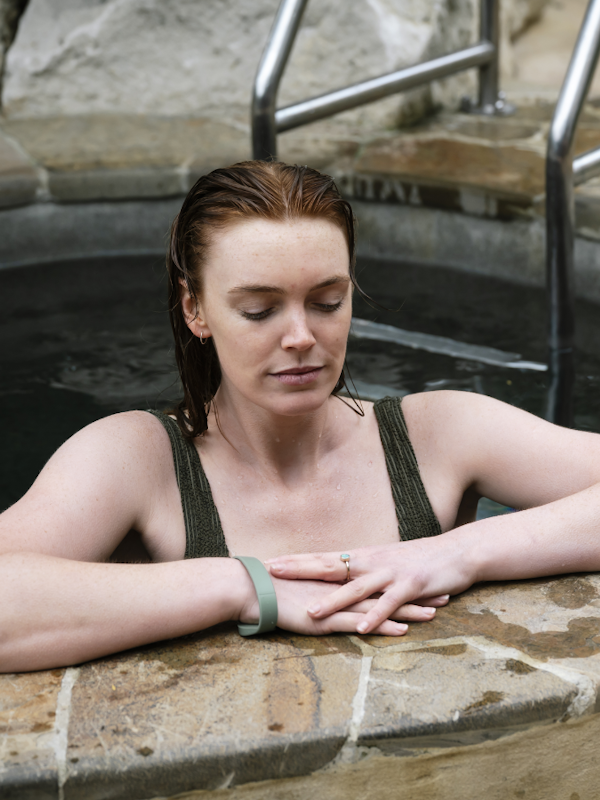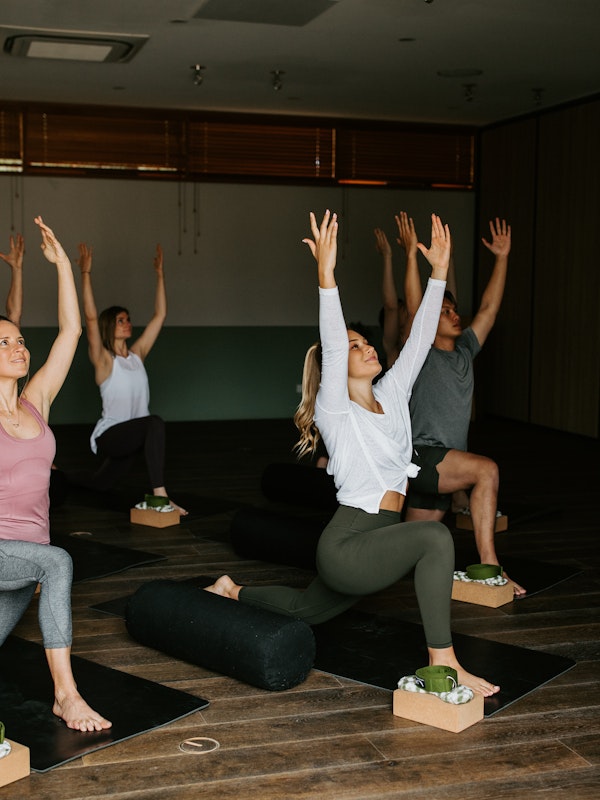September 11, 2025
Finding the right sauna for you
Written by Grace
what type of sauna is best for you?
As the global popularity of sauna culture grows, so too do the sauna experiences on offer. This spring, as we’re dusting off the cobwebs and embracing wellness rituals for the coming season, we invite you to explore the wide variety (and benefits) of saunas from around the world.
traditional saunas
Saunas described as ‘traditional’ are those created in the style of the classic Finnish sauna, which is usually built from timber and features hot stones that are sprinkled with water to create löyly (the Finnish word for steam). Although the release of steam is a key feature of this sauna, humidity remains low and it is regarded as a dry sauna.
These saunas reach high temperatures of between 60 and 100 degrees Celsius. The Finnish style sauna is beloved not only for its high heat, but also for the ritual involved in throwing water onto the hot stones and the immersive steam released in the process. Estonian and Russian saunas (known as banya) are similar in style. Bathers usually sit on a towel in this sauna to help soak up sweat, and those who are capable of withstanding higher temperatures (and who use the sauna regularly) sit on the top tier of seating, where the air is hottest.
Spending time in this kind of sauna can do wonders for your body, from boosting circulation and supporting heart health (if the sauna is used regularly and safely), to detoxification and muscle recovery. People who suffer from painful conditions such as arthritis and fibromyalgia might find relief in the warmth of the sauna. Sauna use is also widely associated with relaxation and better sleep.
Traditional saunas are often coupled with cold therapy in countries such as Finland, where bathers combine their sauna experience with an icy dip in cold water. Known as hot-and-cold or contrast therapy, this practice can enhance your circulation, muscle recovery and immune system. The shift between hot and cold triggers vasodilation followed by vasoconstriction, which can reduce inflammation, detoxify the body and create a sense of invigoration. You can learn more about the Fire and Ice experience at Peninsula Hot Springs here.
steam rooms
Steam rooms descend from ancient Roman bath houses, which were places designed for connection, relaxation and general health. When the Roman Empire spread across the globe, it introduced this bathing tradition to parts of the Middle East and North Africa.
Unlike dry saunas, steam rooms are drenched in humidity. They are also architecturally quite distinct from Scandinavian style saunas: instead of timber structures and seating, traditional steam rooms often feature marble or tiles that are appropriate for a wet environment.
In Turkey, where they are known as hammam, steam rooms are traditionally constructed in an octagonal shape with marble seating around the inside perimeter and a heated stone platform in the middle for relaxing and receiving massages. Basins offer cold water – not to be thrown on hot stones, but to refresh the body after exfoliation. Exfoliating mitts known as kese help to gently scrub the skin with soap, and small tin bowls are used to rinse the body afterwards.
Moroccan steam rooms are called hamam. Like Turkish steam rooms, the hamam experience features a special kind of soap and exfoliation with a mitt followed by cold water to rinse the body after an invigorating scrubbing session. Sometimes Rhassoul clay and argan oil are also used.
Steam rooms tend to be around 40 to 50 degrees with 100 percent humidity. They offer a slightly lower temperature than saunas, but the presence of steam means the experience can be intense in its own way.
Unlike saunas, where breathing in through the nose might invite a sharp sensation of heat, taking air in through the nose in a steam room encourages steam to make its way through the nasal passages and sinuses, where it can be helpful for moistening mucous membranes and alleviating respiratory issues such as asthma.
Like saunas, steam rooms can help boost circulation and detoxification, as well as promoting smooth, supple skin. Some people also find they have a preference for humidity over dry heat, or vice versa.
infrared saunas
Infrared saunas belong to a relatively new technology, and while they might not look or feel like a traditional sauna, they offer a soothing, deeply relaxing experience in their own right.
These saunas use infrared light to heat objects in the space, as opposed to the space itself. They emit a dry, radiant heat with zero humidity. This means that when you sit in an infrared sauna you tend to feel less hot than in a traditional sauna or steam room, even though the temperature is between 40 and 60 degrees and you might sweat profusely.
Bathing in infrared saunas delivers many of the same benefits as other kinds of saunas and steam rooms (better circulation, detoxification, reduced muscular and joint pain), and since radiant heat is less oppressive, you may find you can sit in the infrared sauna working up a sweat for longer periods of time.
social benefits
Regardless of which kind of sauna you choose to experience, the social aspect of spending time in these spaces can be a major drawcard. Saunas and steam rooms offer a way to interact with friends, loved ones or colleagues as a shoulder-to-shoulder activity while tending to your physical wellbeing. These spaces can also be places to engage in light chat with strangers, or simply immerse yourself in the friendly presence of others without any pressure to actively socialise.
Social connection is regularly shown to be an essential part of human wellbeing, and in a world where it’s easy to become disconnected or disengaged by technological devices, saunas offer a way to keep alive the ancient tradition of coming together.
finding the right sauna for you
Finding the right type of sauna or steam room depends on your personal preferences, wellness goals and overall health. If you tend to feel more at ease in humid environments, a steam room may suit you better. If you’re sensitive to heat, the gentler warmth of an infrared sauna could be a more comfortable option. And for those who enjoy high temperatures and the classic sauna experience, a traditional sauna is likely the best fit.
If you have a heart or blood pressure condition or are pregnant, it’s best to consult your health professional prior to experiencing a sauna or steam room. If you’ve been given the green light, try a variety and see which style generates the most profound sense of wellbeing. Your post-sauna self should be relaxed, glowing and at ease.
wellness activities at peninsula hot springs
Discover our signature wellness activities, each designed to enhance your hot springs bathing experience.


